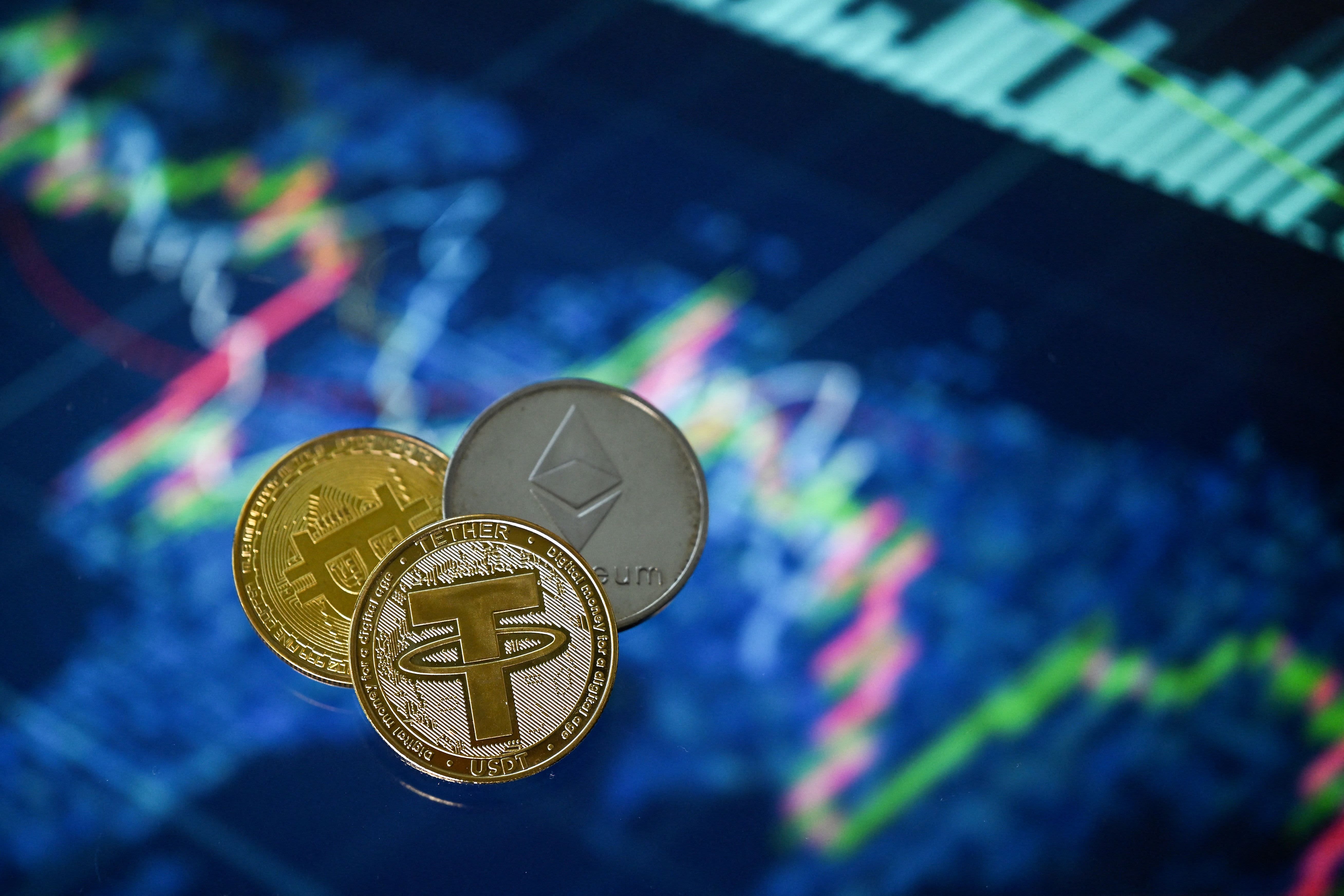Summary
- Stablecoin legislation is evolving due to market growth.
- Transaction volumes for stablecoins exceeded $27 trillion in 2024.
- Two legislative approaches: closed-market vs. open-market systems.
- Open market encourages competition among U.S. and global firms.
- Ivan Soto-Wright highlights potential for future financial innovation.
- Congress decisions will shape future of stablecoin regulation.
The landscape of stablecoin legislation is rapidly changing. It reflects an expanding market that has seen significant growth in recent years.
The rise of stablecoins mirrors pivotal technological changes, comparable to how Voice over Internet Protocol (VoIP) revolutionized communication. As people embrace stablecoins, they find new opportunities to send money across borders with greater speed and lower costs than traditional banking methods.
Currently, the cryptocurrency market displays varied performance metrics. Bitcoin (BTC) is valued at $96,012.40, having decreased by 0.37%.

In contrast, Ethereum (ETH) has seen a modest rise, trading at $1,841.88, an increase of 0.85%. Notable cryptocurrencies include Tether (USDT) at approximately $1.0007, XRP at $2.2181, and Cardano (ADA) at $0.6993.
Transaction volumes associated with stablecoins continue to surge, exceeding $27 trillion in 2024 alone. With U.S. lawmakers considering stablecoin legislation, two contrasting strategies are becoming evident.
The first approach promotes a closed-market system that favors American stablecoin issuers. While this model offers benefits to these companies, it may inadvertently stifle competition and hinder global innovation.
The second approach advocates for an open market, supporting fair competition among U.S. and international stablecoin players. This would allow companies like Tether to operate alongside domestic firms, fostering creativity and better services for consumers.
Advocates of an open regulatory environment assert that excessively restrictive measures could lead to foreign companies exiting the U.S. market. This shift could negatively impact demand for U.S. Treasuries and undermine the strength of the dollar.

Many stablecoin providers outside the U.S. operate effectively, contributing significantly to the market while adhering to rigorous anti-money laundering standards. For instance, Tether has proven to be a responsible player, ensuring compliance while fulfilling an essential role in the global financial ecosystem.
As Congress prepares to deliberate on this crucial legislation, their decisions will have far-reaching implications. Establishing a regulatory framework that nurtures both competition and transparency appears crucial.
Ivan Soto-Wright, CEO of MoonPay, points out that the current moment presents a chance to set a course for future innovation in the financial realm. Viewing market diversity as a strength rather than an obstacle will shape a more vibrant financial sector.
The legislative choices regarding stablecoins will not just impact the present but also lay the groundwork for future regulatory paths. Achieving balanced and strategic legislation could usher in a new chapter for financial technologies, benefiting consumers and the broader economy by promoting a more competitive and innovative environment.

